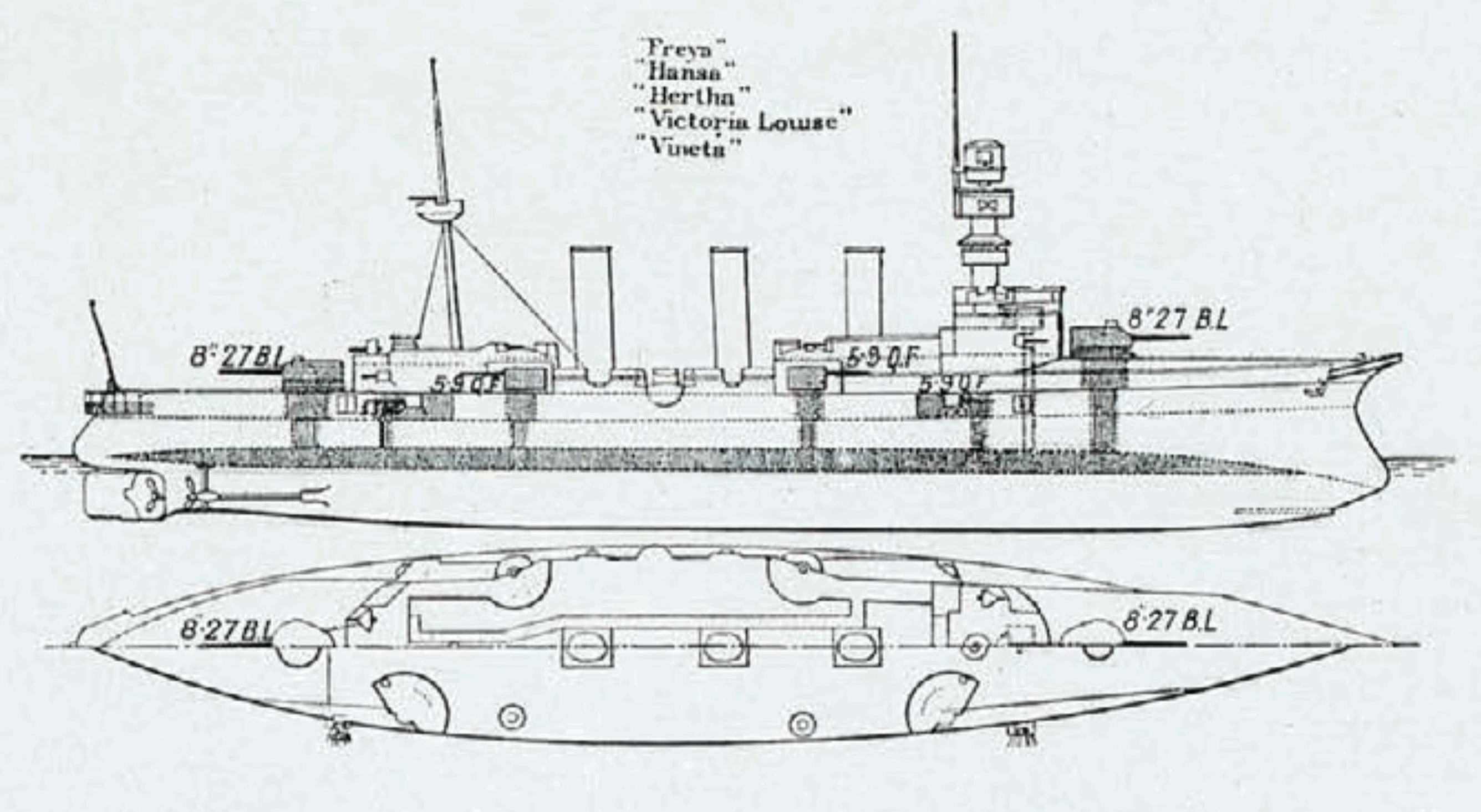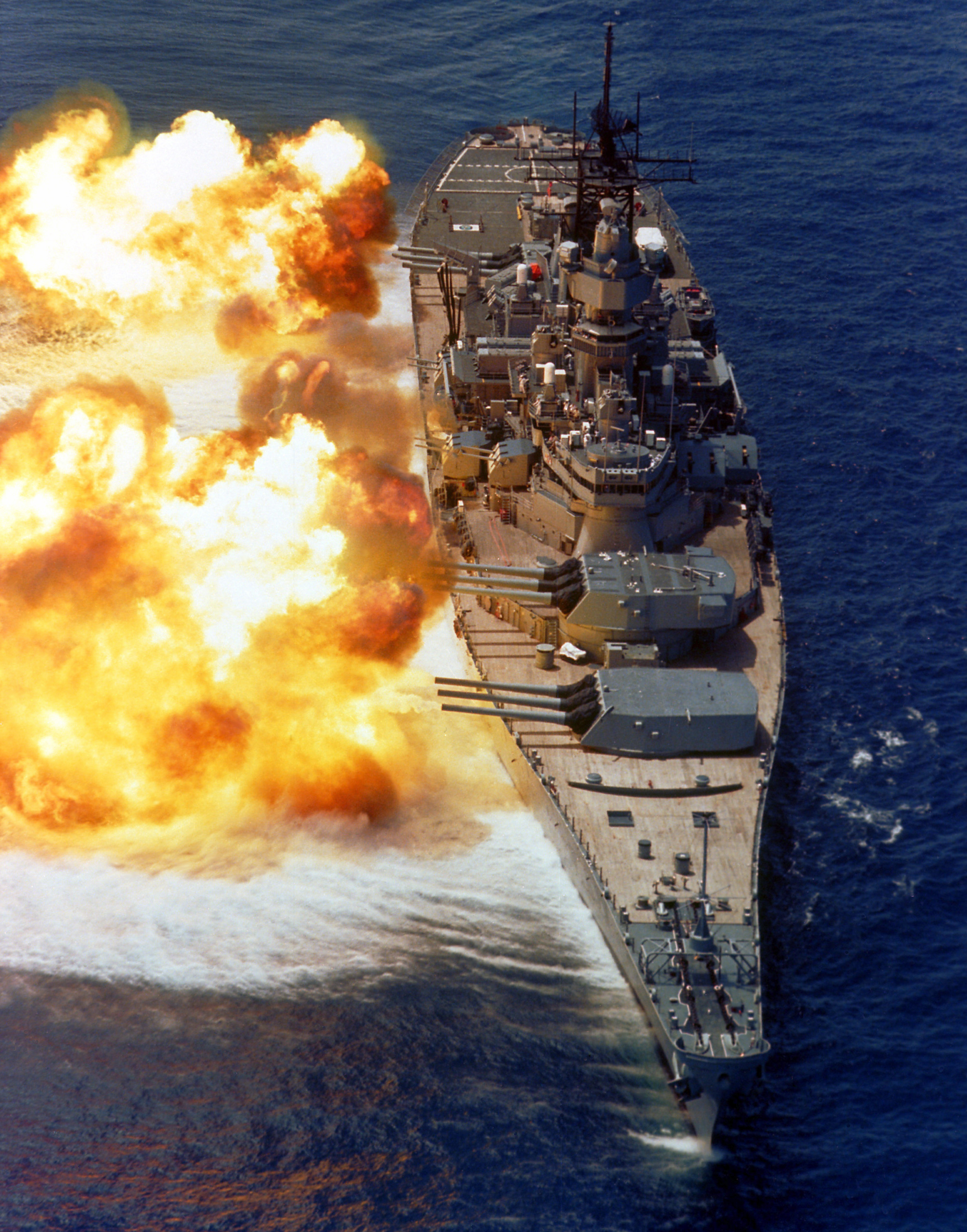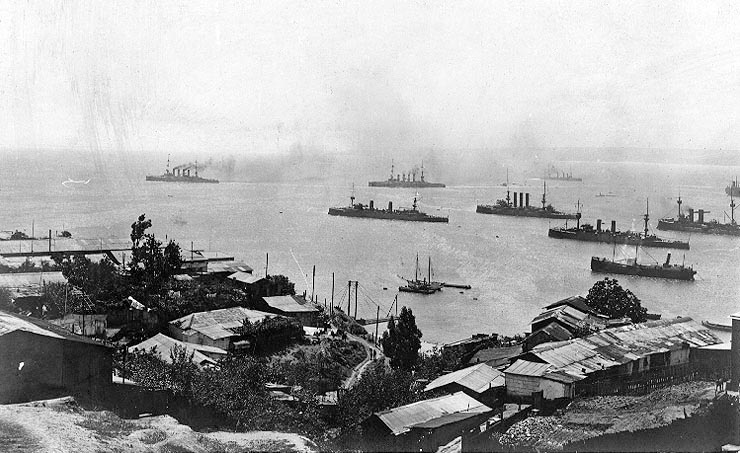|
SMS Hansa (1898)
SMS ''Hansa'' was a protected cruiser of the ''Victoria Louise'' class, built for the German Imperial Navy (''Kaiserliche Marine'') in the 1890s, along with her sister ships , , , and . ''Hansa'' was laid down at the AG Vulcan shipyard in Stettin in 1896, launched in March 1898, and commissioned into the Navy in April 1899. The ship was armed with a battery of two 21 cm guns and eight 15 cm guns and had a top speed of . ''Hansa'' served abroad in the German East Asia Squadron for the first six years of her career. She contributed a landing party to the force that captured the Taku Forts during the Boxer Uprising in 1900. In August 1904, she participated in the internment of the Russian battleship ''Tsesarevich'' after the Battle of the Yellow Sea during the Russo-Japanese War. After returning to Germany in 1906, she was modernized and used as a training ship in 1909, following the completion of the refit. At the outbreak of World War I, ''Hansa'' was mobilized i ... [...More Info...] [...Related Items...] OR: [Wikipedia] [Google] [Baidu] |
German Empire
The German Empire (), Herbert Tuttle wrote in September 1881 that the term "Reich" does not literally connote an empire as has been commonly assumed by English-speaking people. The term literally denotes an empire – particularly a hereditary empire led by an emperor, although has been used in German to denote the Roman Empire because it had a weak hereditary tradition. In the case of the German Empire, the official name was , which is properly translated as "German Empire" because the official position of head of state in the constitution of the German Empire was officially a " presidency" of a confederation of German states led by the King of Prussia who would assume "the title of German Emperor" as referring to the German people, but was not emperor of Germany as in an emperor of a state. –The German Empire" ''Harper's New Monthly Magazine''. vol. 63, issue 376, pp. 591–603; here p. 593. also referred to as Imperial Germany, the Second Reich, as well as simply Germa ... [...More Info...] [...Related Items...] OR: [Wikipedia] [Google] [Baidu] |
Imperial German Navy
The Imperial German Navy or the Imperial Navy () was the navy of the German Empire, which existed between 1871 and 1919. It grew out of the small Prussian Navy (from 1867 the North German Federal Navy), which was mainly for coast defence. Wilhelm II, German Emperor, Kaiser Wilhelm II greatly expanded the navy. The key leader was Admiral Alfred von Tirpitz, who greatly expanded the size and quality of the navy, while adopting the sea power theories of American strategist Alfred Thayer Mahan. The result was a Anglo-German naval arms race, naval arms race with Britain, as the German navy grew to become one of the greatest maritime forces in the world, second only to the Royal Navy. The German surface navy proved ineffective during the First World War; its only major engagement, the Battle of Jutland, was a draw, but it kept the surface fleet largely in port for the rest of the war. The submarine fleet was greatly expanded and threatened the British supply system during the Atlantic ... [...More Info...] [...Related Items...] OR: [Wikipedia] [Google] [Baidu] |
Reichsmarineamt
The Imperial Naval Office (german: Reichsmarineamt) was a government agency of the German Empire. It was established in April 1889, when the German Imperial Admiralty was abolished and its duties divided among three new entities: the Imperial Naval High Command (''Kaiserliches Oberkommando der Marine''), the Imperial Naval Cabinet (''Kaiserliches Marinekabinett'') and the Imperial Naval Office performing the functions of a ministry for the Imperial German Navy. Structure and tasks According to the 1871 Constitution of the German Empire, the federal states were responsible for the German land forces and the imperial government for the navy. So while there were Prussian, Bavarian, Saxon and Württemberg armies, there was a single Imperial Navy, the only formation under the direct authority of the German Reich beside the colonial ''Schutztruppe'' forces. The head of the Naval Office was a Secretary of State who reported directly to the Imperial Chancellor (''Reichskanzler''). ... [...More Info...] [...Related Items...] OR: [Wikipedia] [Google] [Baidu] |
Barracks Ship
A barracks ship or barracks barge or berthing barge, or in civilian use accommodation vessel or accommodation ship, is a ship or a non-self-propelled barge containing a superstructure of a type suitable for use as a temporary barracks for sailors or other military personnel. A barracks ship, a military form of a dormitory ship, may also be used as a receiving unit for sailors who need temporary residence prior to being assigned to their ship. The United States Navy used to call them Yard Repair Berthing and Messing with designations YRBM and YRBM(L) and now classes them as either Auxiliary Personnel Barracks (APB) or Auxiliary Personnel Lighter (aka barge) (APL). Early use Barrack ships were common during the era of sailing ships when shore facilities were scarce or non-existent. Barrack ships were usually hulks. At times, barrack ships were also used as prison ships for convicts, prisoners of war or civilian internees. Use in World War II ''Barracks ships'' in the c ... [...More Info...] [...Related Items...] OR: [Wikipedia] [Google] [Baidu] |
World War I
World War I (28 July 1914 11 November 1918), often abbreviated as WWI, was List of wars and anthropogenic disasters by death toll, one of the deadliest global conflicts in history. Belligerents included much of Europe, the Russian Empire, the United States, and the Ottoman Empire, with fighting occurring throughout Europe, the Middle East, Africa, the Pacific Ocean, Pacific, and parts of Asia. An estimated 9 million soldiers were killed in combat, plus another 23 million wounded, while 5 million civilians died as a result of military action, hunger, and disease. Millions more died in Genocides in history (World War I through World War II), genocides within the Ottoman Empire and in the Spanish flu, 1918 influenza pandemic, which was exacerbated by the movement of combatants during the war. Prior to 1914, the European great powers were divided between the Triple Entente (comprising French Third Republic, France, Russia, and British Empire, Britain) and the Triple A ... [...More Info...] [...Related Items...] OR: [Wikipedia] [Google] [Baidu] |
Russo-Japanese War
The Russo-Japanese War ( ja, 日露戦争, Nichiro sensō, Japanese-Russian War; russian: Ру́сско-япóнская войнá, Rússko-yapónskaya voyná) was fought between the Empire of Japan and the Russian Empire during 1904 and 1905 over rival imperialism, imperial ambitions in Manchuria and the Korean Empire. The major theatres of military operations were located in Liaodong Peninsula and Shenyang, Mukden in Southern Manchuria, and the Yellow Sea and the Sea of Japan. Russia sought a Port#Warm-water port, warm-water port on the Pacific Ocean both for its navy and for maritime trade. Vladivostok remained ice-free and operational only during the summer; Lüshunkou, Port Arthur, a naval base in Liaodong Province leased to Russia by the Qing dynasty of China from 1897, was operational year round. Russia had pursued an expansionist policy east of the Urals, in Siberia and the Russian Far East, Far East, since the reign of Ivan the Terrible in the 16th century. Since th ... [...More Info...] [...Related Items...] OR: [Wikipedia] [Google] [Baidu] |
Battle Of The Yellow Sea
The Battle of the Yellow Sea ( ja, 黄海海戦, Kōkai kaisen; russian: Бой в Жёлтом море) was a major naval battle of the Russo-Japanese War, fought on 10 August 1904. In the Russian Navy, it was referred to as the Battle of 10 August. The battle foiled an attempt by the Russian fleet at Port Arthur to break out and form up with the Vladivostok squadron, forcing them to return to port. Four days later, the Battle off Ulsan similarly ended the Vladivostok group's sortie, forcing both fleets to remain at anchor. Background The Imperial Russian Navy's First Pacific Squadron, commanded by Admiral Wilgelm Vitgeft, had been trapped in Port Arthur since the Imperial Japanese Navy's blockade began on 8 February 1904 with the Battle of Port Arthur. Throughout late July and early August, as the Imperial Japanese Army laid siege to Port Arthur, relations between Admiral Vitgeft and Russian Viceroy Yevgeni Alekseyev increasingly soured. Viceroy Alekseyev, a former admir ... [...More Info...] [...Related Items...] OR: [Wikipedia] [Google] [Baidu] |
Russian Battleship Tsesarevich
''Tsesarevich'' (russian: Цесаревич) was a pre-dreadnought battleship of the Imperial Russian Navy, built in France at the end of the 19th century. The ship's design formed the basis of the Russian-built s. She was based at Port Arthur, northeast China, after entering service and fought in the Russo-Japanese War of 1904–1905. ''Tsesarevich'' was torpedoed during the surprise attack on Port Arthur and was repaired to become the flagship of Rear Admiral Wilgelm Vitgeft in the Battle of the Yellow Sea and was interned in Tsingtau after the battle. After the war, the ship was transferred to the Baltic Fleet and helped to suppress the Sveaborg Rebellion in mid-1906. While on a Mediterranean cruise, her crew helped survivors of the 1908 Messina earthquake in Sicily. ''Tsesarevich'' was not very active during the early part of World War I and her bored sailors joined the general mutiny of the Baltic Fleet in early 1917. Now named ''Grazhdanin'', the ship participated in ... [...More Info...] [...Related Items...] OR: [Wikipedia] [Google] [Baidu] |
Battleship
A battleship is a large armored warship with a main battery consisting of large caliber guns. It dominated naval warfare in the late 19th and early 20th centuries. The term ''battleship'' came into use in the late 1880s to describe a type of ironclad warship,Stoll, J. ''Steaming in the Dark?'', Journal of Conflict Resolution Vol. 36 No. 2, June 1992. now referred to by historians as pre-dreadnought battleships. In 1906, the commissioning of into the United Kingdom's Royal Navy heralded a revolution in the field of battleship design. Subsequent battleship designs, influenced by HMS ''Dreadnought'', were referred to as "dreadnoughts", though the term eventually became obsolete as dreadnoughts became the only type of battleship in common use. Battleships were a symbol of naval dominance and national might, and for decades the battleship was a major factor in both diplomacy and military strategy.Sondhaus, L. ''Naval Warfare 1815–1914'', . A global arms race in battleship con ... [...More Info...] [...Related Items...] OR: [Wikipedia] [Google] [Baidu] |
Boxer Uprising
The Boxer Rebellion, also known as the Boxer Uprising, the Boxer Insurrection, or the Yihetuan Movement, was an anti-foreign, anti-colonial, and anti-Christian uprising in China between 1899 and 1901, towards the end of the Qing dynasty, by the Society of Righteous and Harmonious Fists (), known as the "Boxers" in English because many of its members had practised Chinese martial arts, which at the time were referred to as "Chinese boxing". After the Sino-Japanese War of 1895, villagers in North China feared the expansion of foreign spheres of influence and resented the extension of privileges to Christian missionaries, who used them to shield their followers. In 1898 Northern China experienced several natural disasters, including the Yellow River flooding and droughts, which Boxers blamed on foreign and Christian influence. Beginning in 1899, Boxers spread violence across Shandong and the North China Plain, destroying foreign property such as railroads and attacking or ... [...More Info...] [...Related Items...] OR: [Wikipedia] [Google] [Baidu] |
Taku Forts
The Taku Forts or Dagu Forts, also called the Peiho Forts are forts located by the Hai River (Peiho River) estuary in the Binhai New Area, Tianjin, in northeastern China. They are located southeast of the Tianjin urban center. History The first fort was built during the reign of the Ming Jiajing Emperor between 1522 and 1527. Its purpose was to protect Tianjin from attack by wokou sea raiders. Later, in 1816, the Qing government built the first two forts on both sides of the Haihe estuary in response to increased concerns about seaborne threats from the West. By 1841, in response to the First Opium War, the defensive system in Dagukou was reinforced into a system of five big forts, 13 earthen batteries, and 13 earthworks. In 1851, Imperial Commissioner Sengge Rinchen carried out a comprehensive renovation of the forts, building 6 large forts: two on the south of the estuary, called "Wēi" (威-Might) and "Zhèn"(震-Thunder, Tremor, Quake), three to the north, "Hǎi"(海 ... [...More Info...] [...Related Items...] OR: [Wikipedia] [Google] [Baidu] |
German East Asia Squadron
The German East Asia Squadron (german: Kreuzergeschwader / Ostasiengeschwader) was an Imperial German Navy cruiser squadron which operated mainly in the Pacific Ocean between the mid-1890s until 1914, when it was destroyed at the Battle of the Falkland Islands. It was based at Germany's Kiautschou Bay concession in China. Background The Treaty of Peking of September 1861 between the Kingdom of Prussia and China allowed Prussian warships to operate in Chinese waters. As East Asia grew in economic and political importance to the recently united Germany, in 1881 a flying squadron was formed for the area under the command of a flag officer. Since African colonies were then seen as of greater value, an African Cruiser Squadron was established in 1885 with permanent status, and shortly thereafter the Imperial German Navy reduced the East Asia presence to two small gunboats. From 1888 to 1892, was flagship of the German East Asia Squadron, initially under vice-admiral Karl August D ... [...More Info...] [...Related Items...] OR: [Wikipedia] [Google] [Baidu] |








